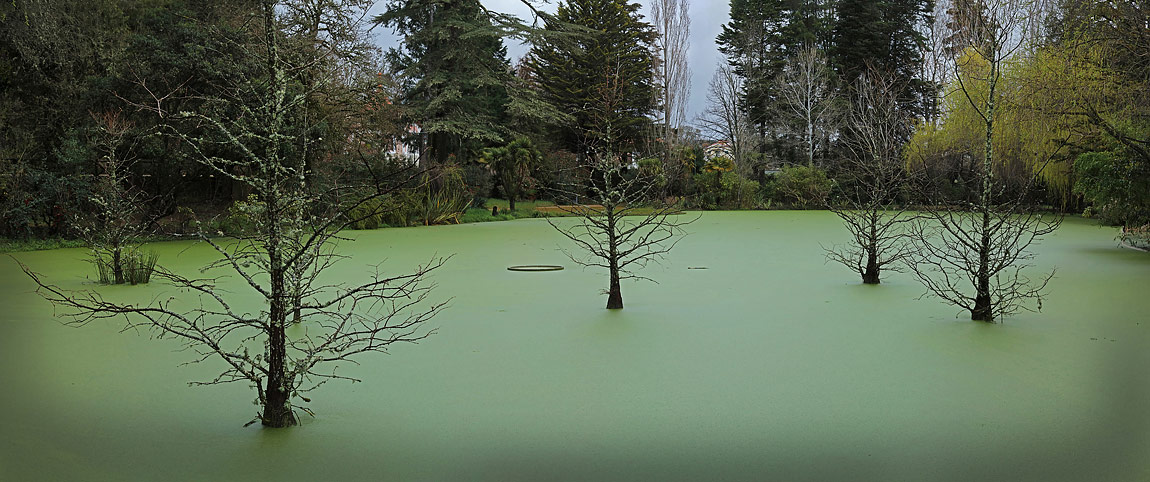From the Pedras Salgadas Spring, located in the district of Vila Real, in the northeast of Portugal, hypersaline, gasocarbonic, and radioactive waters with recognized medicinal value flow. Thermal baths exploitation began in 1871 when the medical doctor Henrique Manuel Ferreira Botelho recognized the qualities of these waters. Two years later, the spring water was presented at the International Exhibition in Vienna (Austria), where it won a prize. Several awards at other international exhibitions followed.
In 1879, a public spa was inaugurated that soon became famous and frequented by the Portuguese elites, including the royal family. The notoriety of these waters and the high frequency of the thermal baths led to the construction of several hotels.
In 1907, the Corgo railway line reached the spa, making access much easier. In 1924, a company was created that bottled and distributed the spring water. At the end of the 19th century, the horticulturist and gardener-landscaper Jacinto de Matos (1864-1948) created gardens and a forest park around the hotels and the thermal baths. These were planned in the romantic style, so much to the taste of the epoch.
Today, we can admire notable examples of exotic and native species, such as the California redwood (Sequoia sempervirens), the giant sequoia (Sequoiadendron giganteum), the Douglas fir (Pseudotsuga menziesii), the Atlas cedar (Cedrus atlantica), the Buçaco cypress (Cupressus lusitanica), the California incense cedar (Calocedrus decurrens), the beech (Fagus sylvatica), and rare species such as cuningamia (Cunninghamia lanceolata) and the dawn redwood (Metasequoia glyptostroboides).
While wandering through the park a few days ago, I was surprised and marvelled to see the lake full of small, free-floating aquatic duckweed that looked like a lawn on a tennis or football court. Some trees were bare of leaves in the middle because it was winter. A small aperture was used to get maximum depth of field. Two successive images were assembled to form this small panorama that highlights the uniqueness and romanticism of the place.


